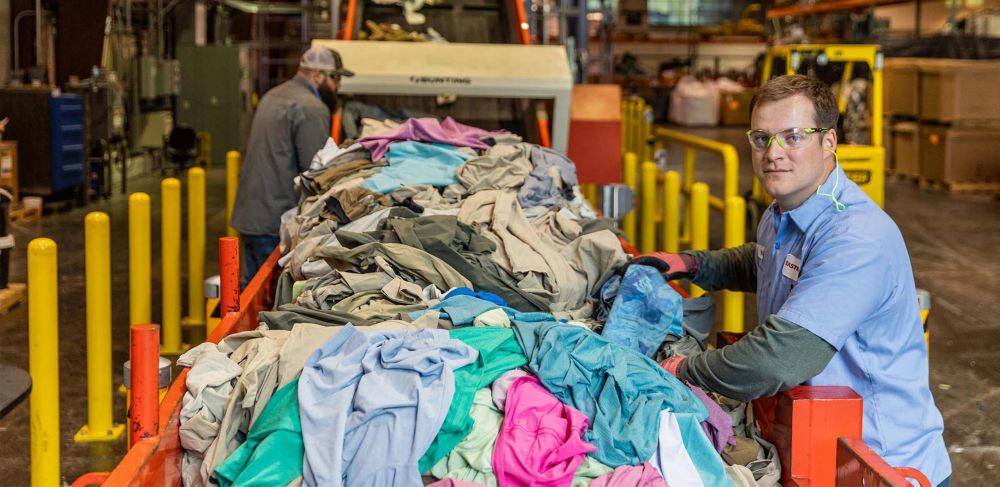Regulatory and safety issues have left formulators looking for more secure additive options. Nitrocellulose has long been used as part of the coating process, but its instability creates combustion concerns.
Biobased Eastman Solus™ performance additives remove fire hazards from coatings formulas. Eastman experts Benjamin Barton, a chief scientist in cellulose ester and acetyl streams, and Trevor Treasure, cellulose esters process technology group leader, discuss the Solus advantage.
What is nitrocellulose, and why is it used in different industries?
Treasure: Nitrocellulose is a man-made cellulose derivative produced by reacting relatively pure cellulose with nitric acid in the presence of sulfuric acid. Once the nitrate ester groups form, the result is a highly combustible material soluble in various industrial solvents. Nitrocellulose is used to make explosives and ammunition as well as solvent systems for producing films and coatings.
Barton: An early application for nitrocellulose was photographic and movie reel film in the late 1800s. It was used until cellulose acetate safety film was introduced a few decades later.
What are nitrocellulose’s primary risks?
Treasure: Its inherent flammability. After going through the manufacturing process, nitrocellulose is chemically modified such that it wants to oxidize and combust quickly.
Barton: Because you're modifying cellulose (which is natural) with nitric acid (which is highly energetic), the resulting nitrocellulose is very energetic. It’s less stable from a chemical standpoint and more prone to degradation. It also has its own oxygen source, so it only needs a spark to combust.
What precautions should be taken with nitrocellulose?
Barton: Avoid excess heat and ignition sources, including static discharges. Nitrocellulose must also be stored at less than 30°C in a well-ventilated area to avoid a buildup of decomposition gases and prevent spontaneous combustion.
Treasure: Nitrocellulose is a commercial product, but workers in the value chain must take special precautions. Nitrocellulose-based table tennis balls, for example, are very flammable and are basically all nitrate. And cue balls in billiard sets used to be made with nitrocellulose and sometimes exploded on impact. Thus, nitrocellulose coating presents an additional fire risk. If it does ignite, a table tennis ball is nearly impossible to extinguish.
Are there safer alternatives?
Treasure: Depending on the application, cellulose esters such as Solus™ have a long history of serving as a safer alternative to cellulose nitrates. Eastman Kodak introduced cellulose acetate safety film in the late 1920s as an alternative to cellulose nitrate film, which was notorious for catching fire and causing deaths in movie theaters and hospital x-ray rooms. Over the years, Eastman has consistently found that a cellulose ester with appropriate functional groups and molecular weight can displace cellulose nitrate in all kinds of applications, including wood coatings. Cellulose esters are not flammable and can be easily stored and transported without concerns of a fire or explosion.
For more information on Solus™ as a nitrocellulose-free alternative for your wood coatings, visit us at https://www.eastman.com/en/products/brands/solus






